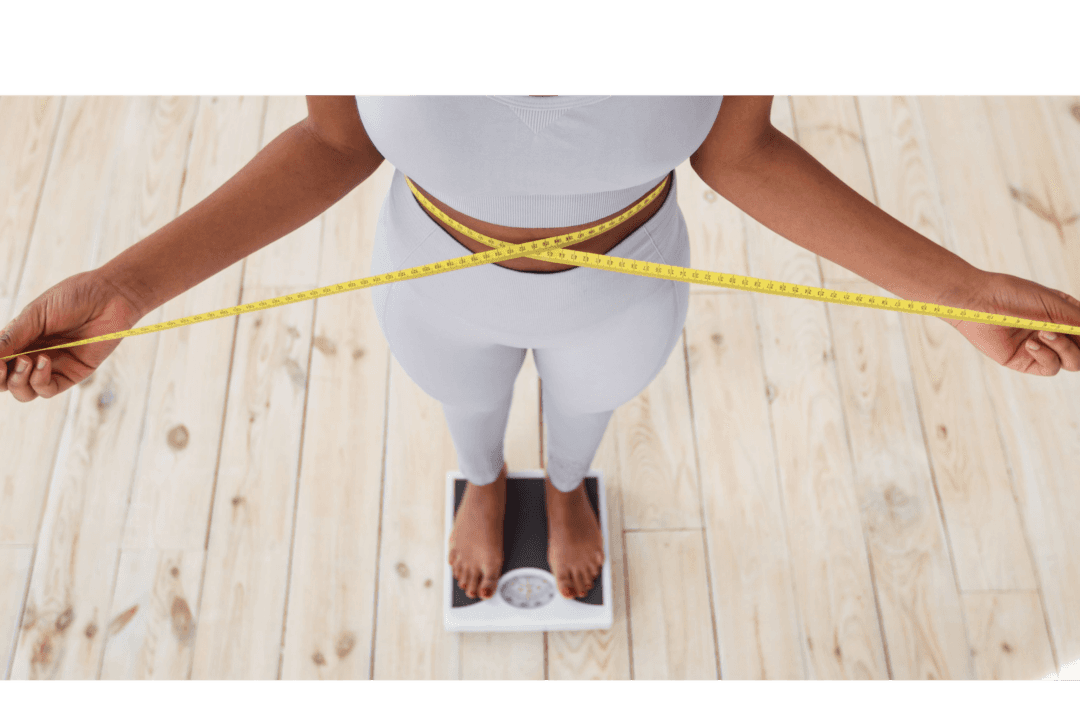A group of participants went through this groundbreaking protocol for activating your body’s autophagy, or cellular housecleaning mechanism. All 35 achieved results within 15 days.
[embed]https://www.bitchute.com/video/YOhUuwFuPsE5/[/embed]Dr. Joseph Mercola is the founder of Mercola.com. An osteopathic physician, best-selling author, and recipient of multiple awards in the field of natural health, his primary vision is to change the modern health paradigm by providing people with a valuable resource to help them take control of their health.
Author’s Selected Articles






